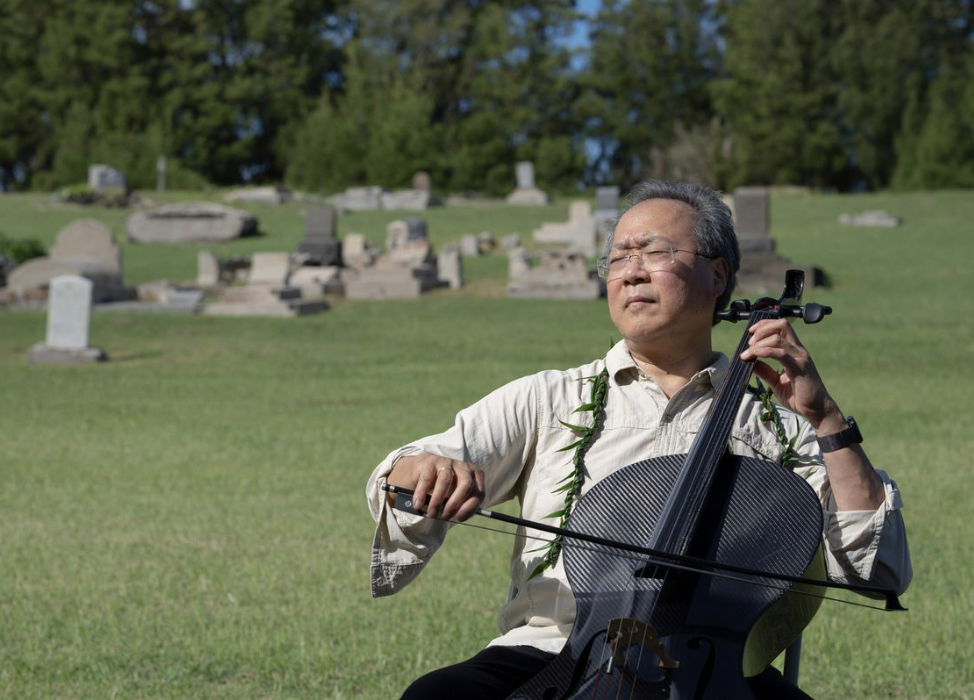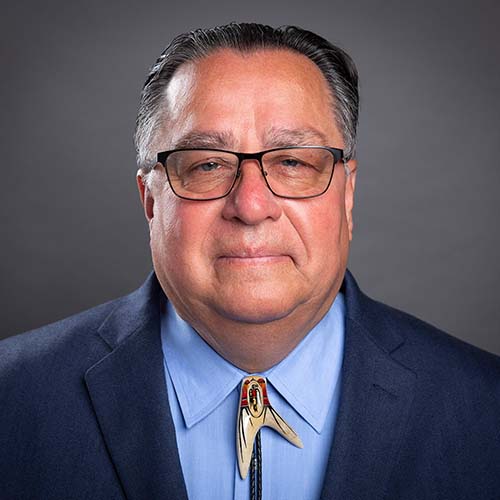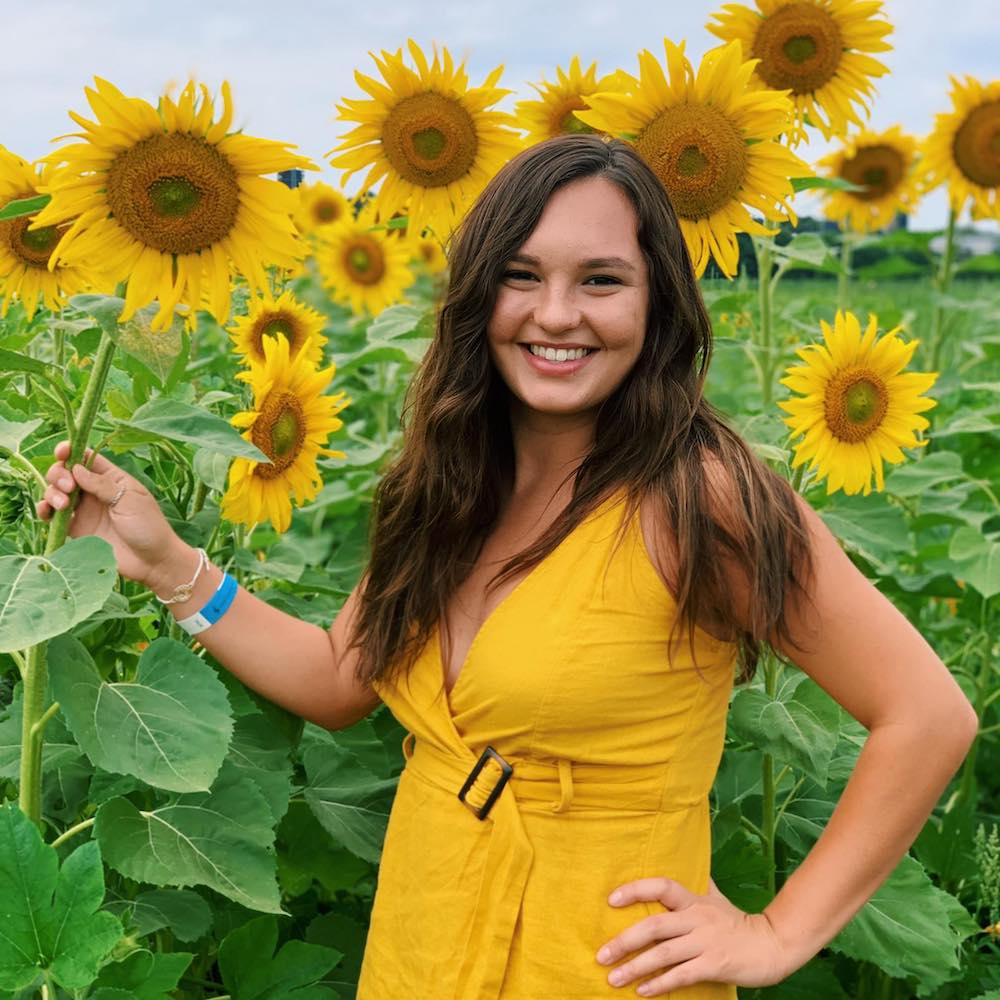
- Details
- By Kaili Berg
WNYC’s new podcast Our Common Nature takes listeners on a journey across the U.S., blending music, nature, and Indigenous stories.
Hosted by Ana Gonzalez, the seven-part series follows world-famous cellist Yo-Yo Ma as he steps out of concert halls and into communities connected to the land.
After years of performing around the world, Ma began traveling to learn how music and culture can bring people together. Over two years, he and Gonzalez visited places where songs, stories, and land come together in powerful ways.
Each episode focuses on the people and communities they meet. In Maine’s Acadia National Park, educator and drummer Chris Newell (Passamaquoddy) welcomes Ma and Wabanaki musicians for a sunrise ritual—what Newell calls “the first powwow cello.”
In Alaska, the series features musician Quinn Christopherson and the 2024 Gwich’in Gathering, where climate change and salmon restoration are central themes.
In Cherokee, North Carolina, Lavita Hill and Mary Crowe of the Eastern Band of Cherokee Indians talk about efforts to restore the Cherokee name of the Smoky Mountains’ tallest peak, joined by storyteller and singer Jarrett Wildcatt.
The final episodes take listeners to Hawaiʻi—first to Molokaʻi to explore stories of healing and spirituality, and then out on the Pacific Ocean with the Polynesian Voyaging Society and hula master Snowbird Bento.
Native News Online spoke with Gonzalez about what it was like collaborating with Indigenous communities and exploring themes of environmental stewardship, language revitalization, and the human bond with nature. [Editor's Note: This interview was edited for brevity and clarity.]
How did Our Common Nature come to be, and what inspired you to work on it?
You don’t just go to Yo-Yo Ma and say, “Hey, let’s make a podcast outdoors.” He’d been touring around the world as a cellist, constantly exploring cultural connections through music. During the pandemic, he realized the power of being outdoors—how music could bring people together even when venues were closed. That experience inspired him to keep creating in nature, where those performances built real human connections.
As for me, I started as an immigration reporter, always drawn to people’s stories—their languages, traditions, and choices. When I heard Yo-Yo wanted someone to capture these intimate outdoor gatherings, I was connected through a mutual contact. We began recording without knowing it would become a podcast, but the material was so rich and moving that we built Our Common Nature from it.
What was that experience like, traveling with Yo-Yo Ma and meeting so many communities?
It was once-in-a-lifetime. Yo-Yo usually plays in concert halls, but this time, we met people outside that world—artists, community members, and everyday folks. The trust we built was incredible.
As a journalist, it can take months to earn that kind of connection, but through music, it happened almost instantly. I grew up playing jazz bass, but this experience showed me how sound builds relationships beyond words.
You met people from many Native communities. What stood out most to you?
As someone who isn’t Native, I was humbled by the diversity of Native cultures we visited—from the Wabanaki in Maine to the Eastern Band of Cherokee Indians in Appalachia, the Gwich’in and Iñupiaq in Alaska, and Native Hawaiians. Every community had its own musical traditions, languages, and ways of understanding the world.
But one message was shared everywhere: we are part of nature, not separate from it. In Hawaiʻi, the phrase Aloha ʻĀina (“love of the land”) means to love me, you must love the mountain, the water, and all living things. That perspective changed how I see the world.
Can you talk about that first performance at Acadia National Park?
During the pandemic, Yo-Yo played with Wabanaki musicians such as Chris Newell and Lauren Stevens. He learned their powwow rhythms, which differ completely from Western classical styles. For such a renowned musician to learn and perform something new so publicly—it was vulnerable and beautiful.
Lauren said hearing her traditional music on a cello “vibrated her soul.” Symbolically, it represented cultures meeting in respect—the cello, a European instrument, and Indigenous music coming together as equals.
In Alaska, you touched on salmon and climate change. How did that shape the story?
Originally, we thought the story was about glaciers. But at the Gwich’in Gathering, we learned that the Yukon River salmon had disappeared. Families couldn’t fish, and elders were going hungry. Climate change was directly affecting food sources, flooding, and permafrost.
It became a story about survival, connection, and responsibility. We wanted listeners to realize these aren’t far-off issues—they’re happening to our neighbors now. And as consumers, we can make choices that support Indigenous stewardship and sustainability.
The Cherokee episode focuses on reclaiming a mountain’s original name. Why was that important to tell?
That story follows Lavita Hill and Mary Crow, two incredible Cherokee women who wanted to restore the mountain’s true name, Kuwohi, “the mulberry place.” It’s the highest peak in the Smoky Mountains, originally Cherokee land.
Through this process, they reconnected with their language, which their ancestors were punished for speaking. It’s about more than one word—it’s about reclaiming identity and healing generational trauma. There are only around 200 Cherokee language speakers left out of 14,000, so this revival is vital.
And in Hawaiʻi, the final episode explores the relationship between land, water, and ocean. What did you take away from that?
We recorded on Molokaʻi and the Big Island. Yo-Yo wanted to “speak” to whales through his cello, using music to connect with them. We joined Hawaiian chanters on a Polynesian canoe, using traditional navigation and chants as prayers and communication.
It was inspiring. Humpback whales are our ocean relatives; they communicate across miles. The episode asks: What happens when we view ourselves as equals to all beings? That shift in perspective is powerful.
What do you hope listeners take away?
Go outside. Turn off the noise. Realize you’re part of nature, wherever you are. Learn the Indigenous history of your land. Feel comforted, hopeful, and empowered to make small changes that care for the world—and for each other.
More Stories Like This
Native American Designers You Should Know, Part 01Cherokee Nation Showcases Growing Film Slate with Fall Premieres of Incentive-Supported Titles
Chickasaw Artists Represent at Southwestern Association for Indian Arts in Santa Fe
Zuni Partners Share Community-Led Delapna:we Project at ATALM 2025 Conference
Help us tell the stories that could save Native languages and food traditions
At a critical moment for Indian Country, Native News Online is embarking on our most ambitious reporting project yet: "Cultivating Culture," a three-year investigation into two forces shaping Native community survival—food sovereignty and language revitalization.
The devastating impact of COVID-19 accelerated the loss of Native elders and with them, irreplaceable cultural knowledge. Yet across tribal communities, innovative leaders are fighting back, reclaiming traditional food systems and breathing new life into Native languages. These aren't just cultural preservation efforts—they're powerful pathways to community health, healing, and resilience.
Our dedicated reporting team will spend three years documenting these stories through on-the-ground reporting in 18 tribal communities, producing over 200 in-depth stories, 18 podcast episodes, and multimedia content that amplifies Indigenous voices. We'll show policymakers, funders, and allies how cultural restoration directly impacts physical and mental wellness while celebrating successful models of sovereignty and self-determination.
This isn't corporate media parachuting into Indian Country for a quick story. This is sustained, relationship-based journalism by Native reporters who understand these communities. It's "Warrior Journalism"—fearless reporting that serves the 5.5 million readers who depend on us for news that mainstream media often ignores.
We need your help right now. While we've secured partial funding, we're still $450,000 short of our three-year budget. Our immediate goal is $25,000 this month to keep this critical work moving forward—funding reporter salaries, travel to remote communities, photography, and the deep reporting these stories deserve.
Every dollar directly supports Indigenous journalists telling Indigenous stories. Whether it's $5 or $50, your contribution ensures these vital narratives of resilience, innovation, and hope don't disappear into silence.
 The stakes couldn't be higher. Native languages are being lost at an alarming rate. Food insecurity plagues many tribal communities. But solutions are emerging, and these stories need to be told.
The stakes couldn't be higher. Native languages are being lost at an alarming rate. Food insecurity plagues many tribal communities. But solutions are emerging, and these stories need to be told.
Support independent Native journalism. Fund the stories that matter.
Levi Rickert (Potawatomi), Editor & Publisher

